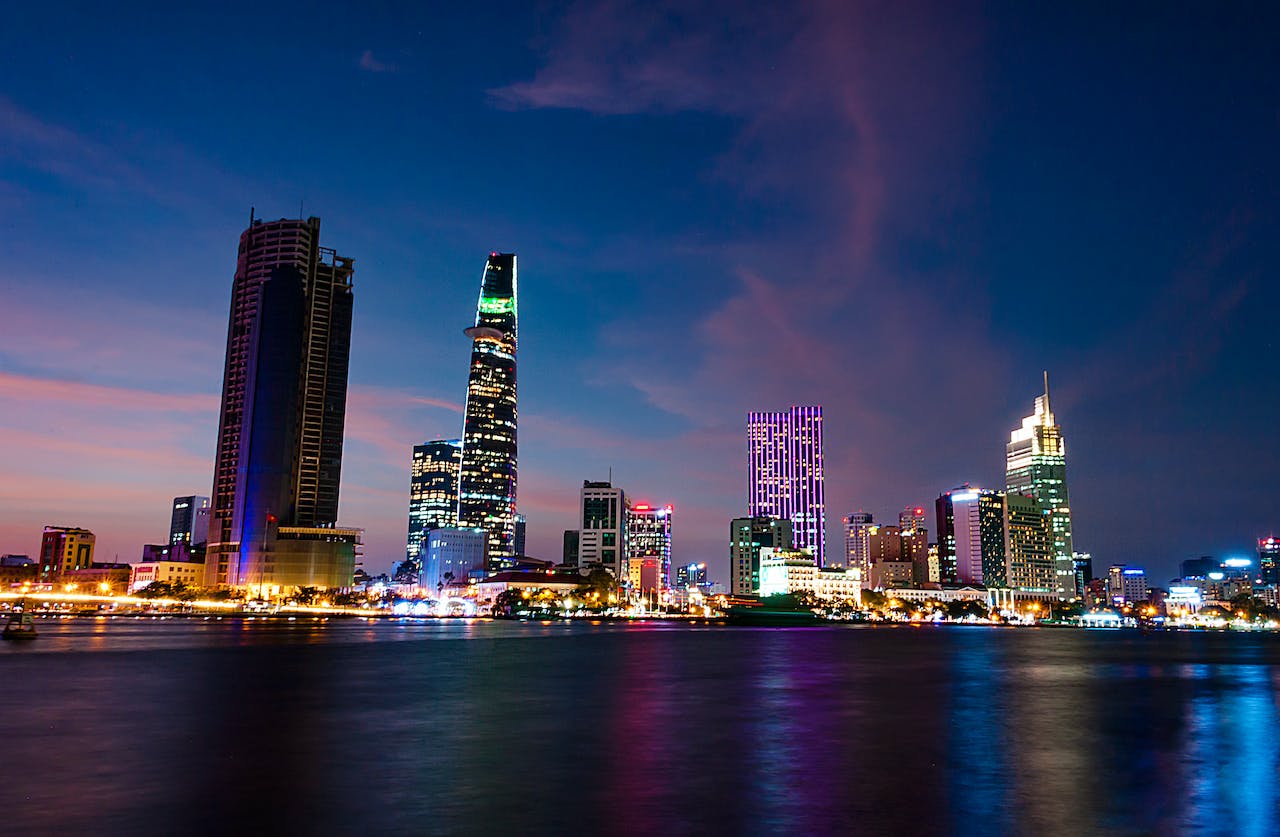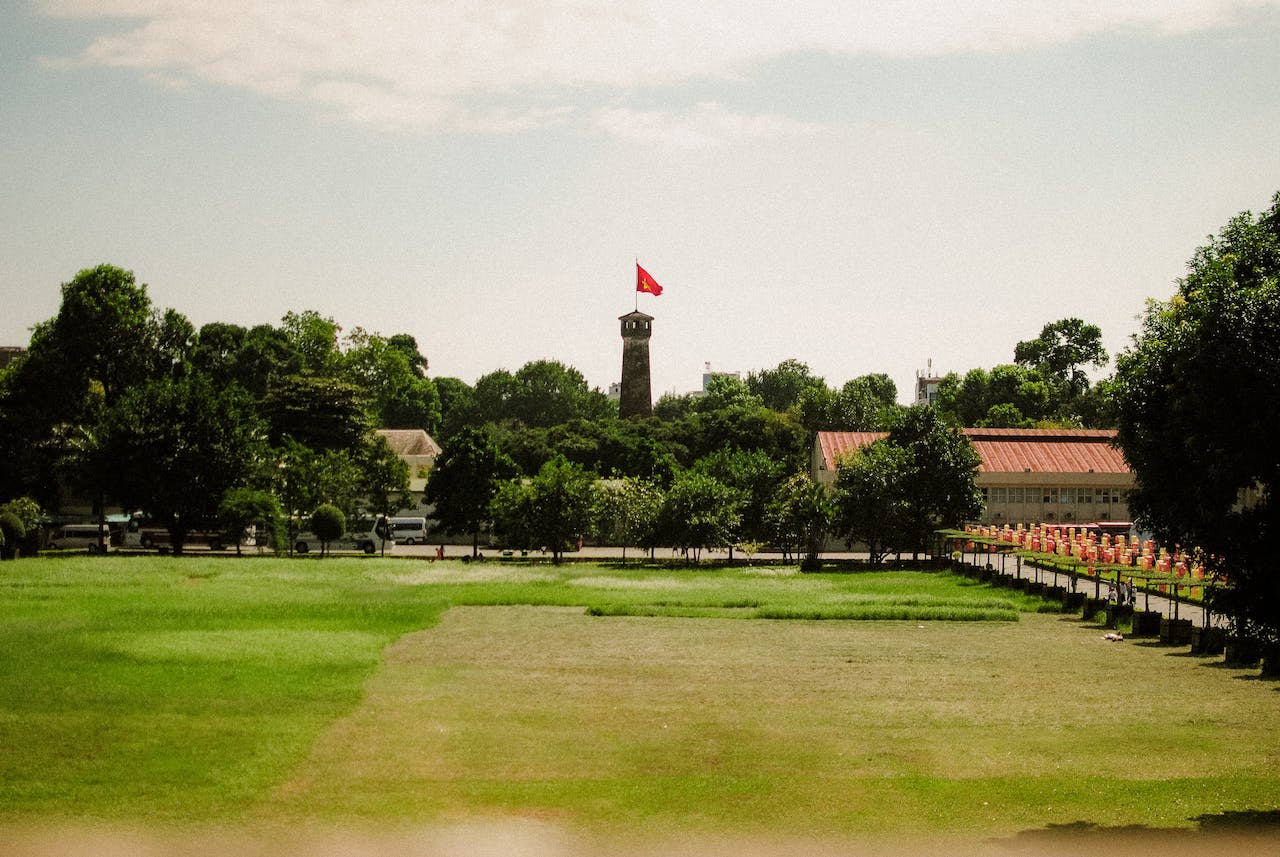As two of Vietnam’s most iconic cities, Hanoi and Ho Chi Minh City (Saigon) beckon travelers with their unique charms, rich histories, and distinct atmospheres. Whether you’re captivated by the serene lakes of Hanoi or the bustling streets of Ho Chi Minh City, each city offers a distinct Vietnamese experience. In this comprehensive guide, we compare Hanoi and Ho Chi Minh City for travelers, highlighting their cultural nuances, attractions, and the type of experiences each city unfolds.
Cultural Heritage and Historical Ambiance
Hanoi: The Enchanting Capital
Hanoi, the capital nestled in the north, boasts a rich tapestry of cultural heritage. Its ancient Old Quarter, adorned with narrow streets and colonial architecture, invites travelers to step back in time while also simultaneously experiencing the crazy traffic in Hanoi. Hoan Kiem Lake, at the city’s heart, adds a serene touch. The Ho Chi Minh Mausoleum and the Temple of Literature underscore Hanoi’s historical significance.
Ho Chi Minh City: The Dynamic Urban Hub
Ho Chi Minh City, in the south, resonates with a different energy. Formerly known as Saigon, it blends French colonial structures with modern skyscrapers. District 1 pulses with life, housing iconic landmarks like the Notre-Dame Cathedral Basilica of Saigon and the War Remnants Museum, narrating the city’s tumultuous past.
Culinary Adventures and Street Food
Hanoi: Gastronomic Delights in the North
Hanoi is hailed as a haven for food enthusiasts. The streets of the Old Quarter come alive with street vendors offering pho, banh mi, and bun cha. Locals savor their coffee in traditional cafes, like the coffee shops by St Joseph Cathedral, contributing to the city’s unique culinary ambiance. Hanoi’s food scene showcases a subtle blend of flavors, with an emphasis on fresh herbs and traditional techniques.
Ho Chi Minh City: Street Food Extravaganza in the South
Ho Chi Minh City, renowned for its street food culture, boasts an array of delectable treats. From the iconic banh mi to pho and fresh spring rolls, District 1 transforms into a street food paradise in the evenings. Ben Thanh Market is a culinary hub where visitors can sample diverse dishes, reflecting the city’s culinary vibrancy.
Urban Exploration and Modern Lifestyle
Hanoi: Tranquility Amidst Urbanity
Hanoi maintains a balance between urban development and tranquility. The city’s lakes, such as West Lake and Truc Bach, offer peaceful retreats within the urban landscape. Cyclo rides through the Old Quarter and exploring French-colonial architecture create a nostalgic ambiance. Hanoi’s lifestyle is characterized by a slower pace, allowing travelers to savor each moment.
Ho Chi Minh City: The Pulsating Heart of the South
Ho Chi Minh City, on the other hand, pulses with urban vigor. Skyscrapers define the skyline, and the city’s streets buzz with activity. The nightlife in District 1 is dynamic, featuring rooftop bars and vibrant clubs. Ho Chi Minh City encapsulates modern Vietnam, reflecting its economic dynamism and cosmopolitan lifestyle.

Nature Escapes and Day Trips
Hanoi: Gateways to Natural Beauty
Hanoi serves as a gateway to northern Vietnam’s natural wonders. Day trips to destinations like Ha Long Bay, Tam Coc, and Sapa offer breathtaking landscapes and cultural experiences. These excursions allow travelers to escape the urban environment and explore the serene beauty of northern Vietnam.
Ho Chi Minh City: Delta Adventures and Coastal Retreats
Ho Chi Minh City provides access to the Mekong Delta, a labyrinth of rivers and floating markets. Day trips to the Cu Chi Tunnels and coastal retreats like Vung Tau offer a mix of history and relaxation. The southern region’s diverse landscapes provide varied options for those seeking day-long getaways.
Weather Considerations
Hanoi: Four Distinct Seasons
Hanoi experiences four distinct seasons, with cool winters, hot summers, and pleasant spring and autumn months. The winter season, from November to February, can be chilly, while summer brings warmth and occasional rain. The shoulder seasons of spring and autumn are popular among travelers for their mild temperatures. Also, the inceased air pollution in Hanoi can be an issue if you have asthma or other breathing problems.
Ho Chi Minh City: Tropical Climate
Ho Chi Minh City has a tropical climate with two main seasons – wet and dry. The dry season, from November to April, is characterized by lower humidity and minimal rainfall. The wet season, from May to October, brings heavier rains. The city’s weather is generally warm throughout the year, making it a year-round destination.
Conclusion: Choosing Your Vietnamese Experience
Hanoi and Ho Chi Minh City, each with its distinctive character, invite travelers to explore Vietnam through different lenses. Whether you’re drawn to Hanoi’s cultural heritage or the dynamic urbanity of Ho Chi Minh City, both cities promise a captivating Vietnamese experience, creating memories that linger long after the journey concludes.
Featured Image: Hanoi Flag Tower | Photo by Dang Hong
Read more Vietnam travel articles.

